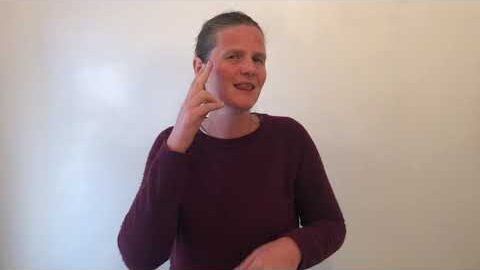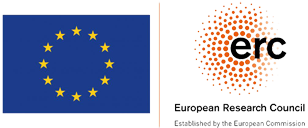My doctoral research examined the (im)mobilities experienced by deaf refugees in their everyday lives in a refugee camp in the global south. The study employed an ethnographic approach, including in-depth one-to-one interviews, participant observation, fieldnotes, and drawings, during a four-month fieldwork period at Kakuma Refugee Camp in Kenya. Safety concerns prevent refugees from returning to their homelands, and the host country does not permit permanent settlement outside the camp. A select few deaf refugees have been resettled in countries in the global north. However, the majority of deaf refugees do not have the opportunity to relocate, resulting in a protracted displacement situation.
This research into the (im)mobilities experienced by deaf refugees encompasses various scales and temporal dimensions. The apparent isolation of the camp implies a temporal experience of stagnation and confinement. However, it is crucial to recognise its interconnectedness with the wider country and the world, introducing a contrasting temporal dimension of connectivity and integration. While the camp imposes immobility on many deaf refugees, they experience a considerable amount of mobility both within and outside its boundaries. Within the confines of the camp, deaf refugees engage in various activities that require movement and interaction.
The transitory yet enduring nature of Kakuma Refugee Camp arises from the juxtaposition of its intended temporary nature, and the enduring reality of waiting and uncertainty experienced by its residents. It engenders a temporal tension wherein deaf refugees find themselves in a state of perpetual waiting for resettlement. Simultaneously, it can be viewed as an environment that fosters transformation, offering access to education and potential resettlement while providing opportunities for deaf refugees to connect with others who are deaf. In this context, the camp becomes a space where a new social formation emerges for deaf refugees, enabling them to leverage the knowledge and skills acquired within the camp, their capital, to pursue their aspirations.
Bourdieu’s theoretical concepts of field, habitus, and capital provided a powerful lens for comprehending the unique dynamics of Kakuma Refugee Camp. Embracing the idea that understanding social interactions necessitates an exploration of the underlying social context, this framework unveiled the complexities of “deaf space” within the camp.
The research also examined the language practices of deaf refugees within the camp. Deaf individuals employ a diverse range of communication methods, including signing, writing, gesture, and speaking. As the deaf refugee population comprises individuals from different ethnic and national backgrounds, their communication incorporates a variety of signed and spoken languages that are intertwined in their everyday interactions. The study investigated both formal learning contexts, such as schools, and informal spaces where deaf individuals gather for language learning. Some deaf refugees attribute more value to certain sign languages over others.
By exploring the daily lives of deaf people in a refugee camp, this study represents an advancement in understanding the nuanced interplay of mobility and immobility existing on a continuum. It combined Deaf Studies and Refugee Studies, using Bourdieu’s framework to shed light on how the habitus and capital of deaf refugees interact within the distinctive field of a refugee camp, and how they shape their experiences. This fills a gap in existing research. My research also shed light on the complex interplay of languages in the linguistic marketplace of Kakuma Refugee Camp, revealing how language ideologies impact and shape the experiences of deaf refugees. This study not only revealed the complex realities faced by deaf refugees, but also contributed a novel perspective to the field of Deaf Refugees Studies.
You can download the dissertation here: May 2024 Navigating deaf spaces Amandine le Maire


